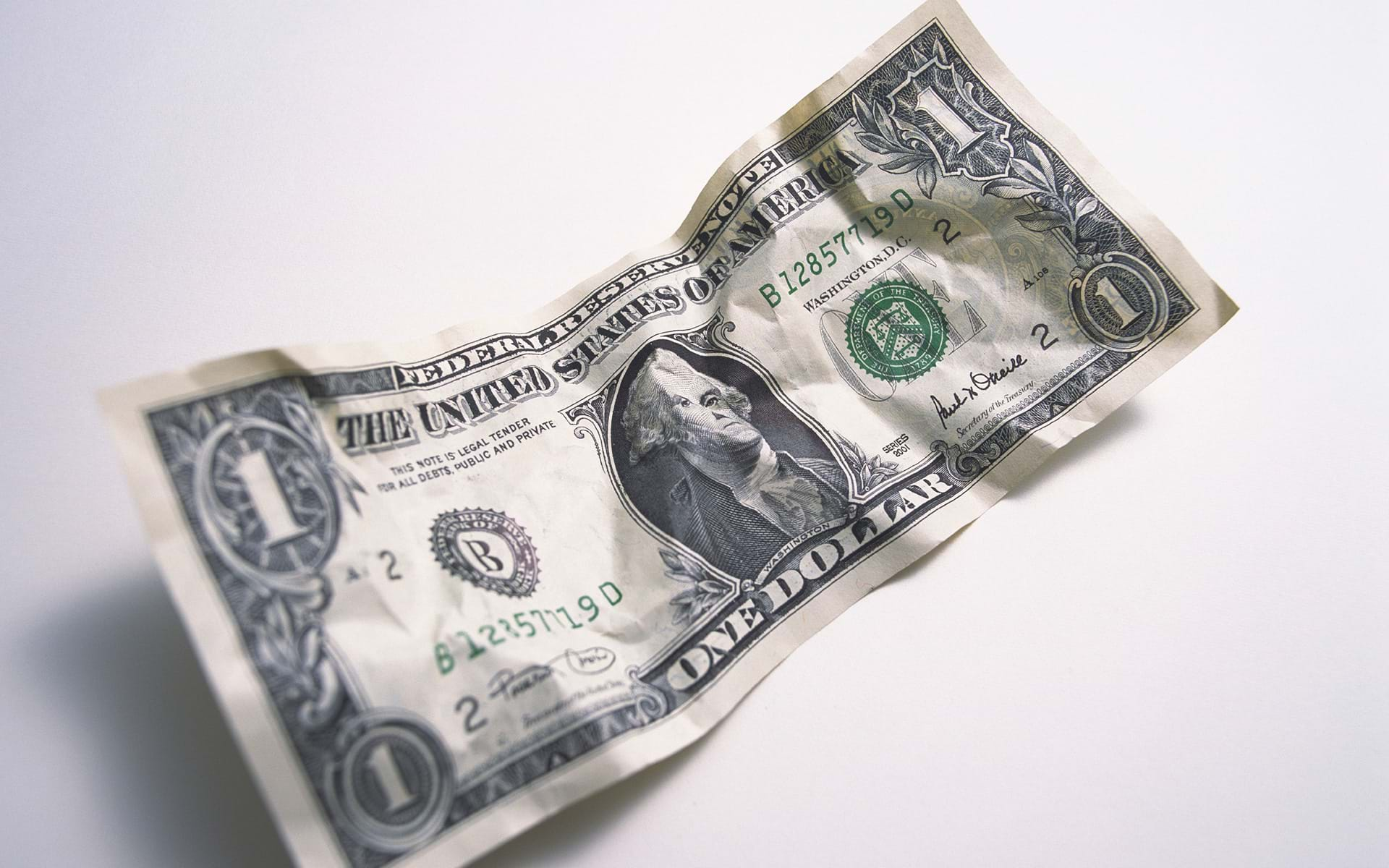Last month, I participated in Accounting for Kids Day in Cincinnati, Ohio. Accounting for Kids is a non-profit that seeks to help local school districts introduce personal finance concepts to children in a fun and engaging way.
The morning largely consists of playing a stock market scenario game with elementary students using dice to produce returns for stocks of varying degrees of risk and yield over a 10 year period. Prices fluctuate, dividends are paid, splits occur and the students truly get excited about the concept of turning a mock $100 investment into much more. Full disclosure, some of the excitement comes from the pizza party that follows and the candy that is used as incentives for answering questions, but I digress.
Aside from my concern that the exercise walks a fine line between speculating and teaching concepts around investing, getting students who have had little or no exposure to financial concepts excited about the power of diversification, dividends and interest is a positive first step.
The financial climate in this country over the last several years should be all the evidence of the massive gap that exists in our education system we need. The need for all citizens to have a working understanding of their personal finances has never been greater. A recent paper by Sudipto Banerjee of the Employee Benefit Research Institute compares financial literacy and behavior across all 50 states. While the comparisons are interesting, the study helps illustrate how far behind we are on even very basic questions surrounding our relationship with our money.
It’s a daunting task and one that comes at a time when adding requirements and cost to our education system seems foolish. That, I would argue, is a short term view. Educating people of all ages about the importance of good financial decision-making will pay dividends that greatly outweigh the costs for generations to come. But, as funded mandates for practical personal finance lessons seem unlikely as budgets continue to be slashed, it’s up to all of us to do our part and play a role in advancing these concepts.
As with anything, the younger you start, the more lasting the lessons. I was reminded of the many ways we can play a part during a recent visit to see my father. I walked into the family room to find him with my kindergarten-aged daughter, sitting amongst a pile of change learning to break a dollar into quarters, dimes, nickels and pennies. Parents can help their children with any combination of tools including allowances, saving for a purchase, opening bank accounts and more as they age.
Junior high and high schools need to find ways to integrate these topics into existing lessons if not creating altogether new classes. Their students deserve to graduate with a basic understanding of how to handle a credit card, pay the rent, and balance a checkbook. Universities need to step in with similar classes, or at least start with appropriate concepts as part of their orientation programs. Employers could hold similar sessions for employees. The list goes on and on.
The bottom line is clear. It is all of our responsibility to do what we can to make sure we understand the basics about our financial lives. From there, we need to do everything we can to pass what we’ve learned down to our children and grandchildren. While life isn’t all about money, our relationship with money can vastly impact on our ability to accomplish what we want in life. Give yourself or your child a gift this holiday season of sitting down for at least a moment to talk about some lesson related to money. The first step towards positive progress is often the most important.
















